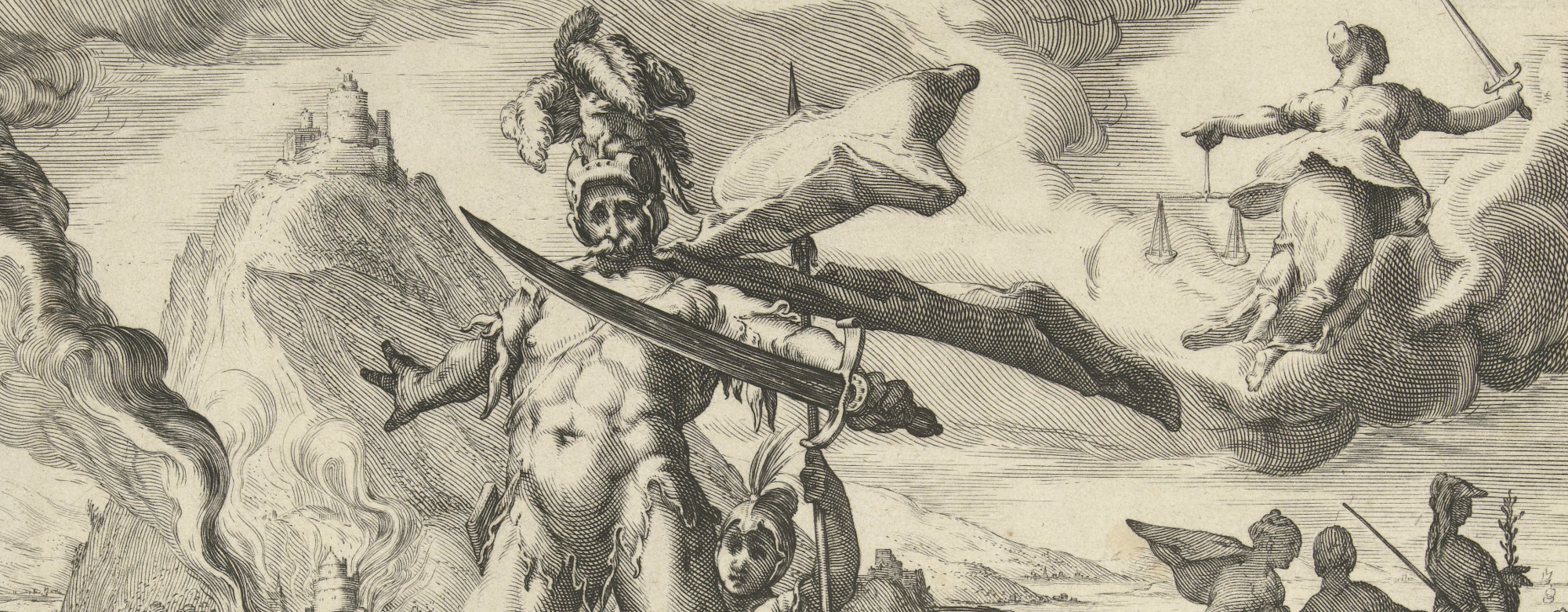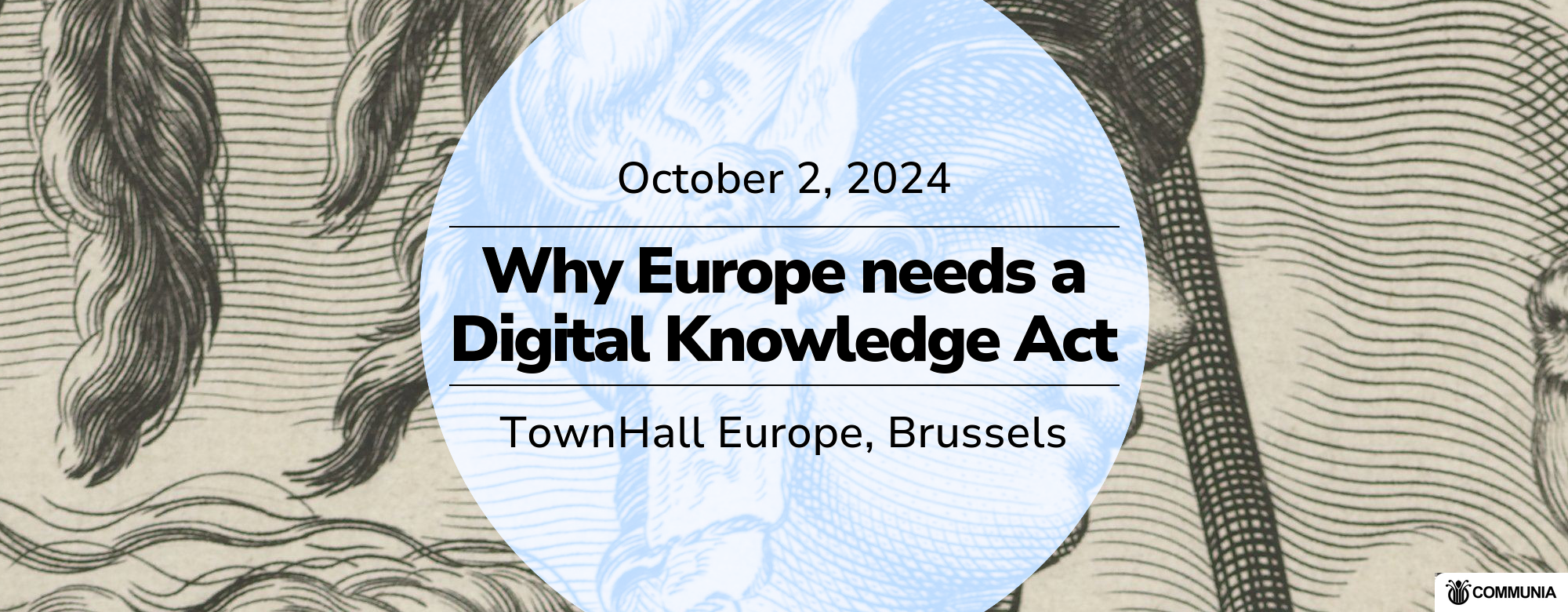Last week Germany’s highest court, the Bundesgerichtshof (BGH), for the 2nd time in less than a decade referred questions related to the Metall auf Metall case to the European Court of Justice. This time the BGH is asking the CJEU to explain the concept of pastiche so that it can determine if the use of a 2 second sample of Kraftwerks 1977 song Metall auf Metall in Sabrina Setlur’s 1997 song Nur Mir qualifies as such.
Last week’s referral is the newest development in the legal saga that started in 1999, when Kraftwerk sued Setlur‘s producer Moses Pelham for the unauthorized use of the sample, and that has seen Germany’s highest court deal with the matter for the fifth time already. In response to the previous referral, the CJEU had established that the use of the sample was legal under Germany’s pre-2002 copyright rules but that it was infringing under the post-2002 copyright rules (that implemented the 2001 Copyright in the Information Society Directive). This conclusion was largely based on the finding that following the adoption of the 2001 Copyright in the Information Society (InfoSoc) directive, the concept of free use (“Freie Benutzung”) in German copyright law was against EU law.
The new referral arises from the fact that, as part of its 2021 Copyright revision and in order to bring German copyright law into compliance with the EU directives, Germany had removed the free use provision and at the same time introduced a new exception for the purpose of Caricature, Parody and Pastiche (§ 51a UrhG). The Hamburg Court of Appeals, to which the BGH had returned the case for a final determination, has subsequently ruled that after the introduction of the new exception in 2021 the use of the sample was in fact legal again as it constituted a use for the purpose of pastiche.
This decision has since been appealed by Kraftwerk, which is how the case came back to the BGH for another round and in the context of this appeal the BGH has now again asked the CJEU for guidance, this time on the meaning of the the term Pastiche in Article 5(3)(k) of the 2001 InfoSoc Directive from which the German exception is derived. This means that this time around the CJEU’s ruling in the case will have much wider implications than for German copyright law alone. It is very likely to determine the EU legal regime for sampling.
The referral to the BGH contains two separate questions which are described in the court’s press release (the text of the actual decision which contains the questions has still to be released by the BGH). According to the press release (translation ours)…
… the question first arises as to whether the restriction on use for the purpose of pastiche within the meaning of Article 5(3)(k) of Directive 2001/29/EC is a catch-all provision at least for an artistic treatment of a pre-existing work or other subject matter, including sampling, and whether restrictive criteria such as the requirement of humour, imitation of style or homage apply to the concept of pastiche.
The idea that uses for the purpose of pastiche serve as a sort of exception of last resort to safeguard artistic freedom is a welcome one, as it would protect freedom to create at the EU level, as we recommend in our Policy Recommendation #7. Considering that the pastiche exception is already mandatory in the EU, a positive answer to the first part of that question by the CJEU would ensure an harmonized protection of freedom of artistic expression at the EU level.
The CJEU has been suggesting for a while now that the principles enshrined in the EU Charter of Fundamental Rights are already fully internalized by EU copyright law, namely through the existing list of EU exceptions. As we have noted in our Policy Paper #14 on fundamental rights as a limit to copyright during emergencies, that is not necessarily the case, as the existing exceptions do not appear to have exhausted all the fundamental rights considerations that are imposed by the Charter, and on the other hand not all of those balancing mechanisms have yet found full expression in the national laws of the EU Member States.
With this referral, however, the court will have the opportunity to analyze whether the EU copyright law is sufficiently taking into account artistic freedom considerations. In our view, an interpretation of the pastiche exception in light of that fundamental freedom should lead the Court to provide a broad scope that covers all forms of artistic treatment protected by the Charter.
In the press release the BGH expresses a very similar concern noting the inherent conflict between the rigid EU copyright system and the freedom of (artistic) expression:
The pastiche exception could be understood as a general exception for artistic freedom, which is necessary because the necessary scope of artistic freedom cannot be safeguarded in all cases by the immanent limitation of the scope of protection of exploitation rights to uses of works and performances in a recognisable form and the other exceptions such as, in particular, parody, caricature and quotation.
This understanding of the Pastiche exception would also align with the intent of the German legislator when introducing it in 2021. In his 2022 study on the Pastice Exception conducted for the Gesellschaft für Freiheitsrechte, Till Kreutzer notes that
The German legislator has deliberately phrased the pastiche term in an open manner. It is clearly stated in the legislative materials that sec. 51a UrhG is intended to have a broad and dynamic scope of application. The pastiche exception serves to legitimize common cultural and communication practices on the internet, especially user-generated content and communication in social networks. It is supposed to be applied to remixes, memes, GIFs, mashups, fan art, fan fiction and sampling, among others.
In the context of this study Kreutzer proposes the following “copyright-specific definition” of pastiche and concludes that the concept covers the practice of sampling:
A pastiche is a distinct cultural and/or communicative artifact that borrows from and recognizably adopts the individual creative elements of published third-party works.
It will be interesting to see how the CJEU will approach the same task. In this context the second question formulated by the BGH is slightly more troubling. Here the BGH wants to know …
… whether the use “for the purpose” of a pastiche within the meaning of Article 5(3)(k) of Directive 2001/29/EC requires a finding of an intention on the part of the user to use an object of copyright protection for the purpose of a pastiche or whether the recognisability of its character as a pastiche is sufficient for someone who is aware of the copyright object referred to and who has the intellectual understanding required to perceive the pastiche.
Taking into account the facts of the Metall auf Metall case this question does not make much sense. In 1997, when Nur Mir was recorded, the concept of pastiche did not exist in German copyright law (and neither did the InfoSoc directive which introduced the concept at the EU level). This makes it pretty much impossible for the record producers to have had the intention to use the snippet from Metall of Metall for the purpose of pastiche — a purpose that according the the BGH itself still need to be defined by the CJEU.
For the reasons of legal certainty alone the CJEU should reject the intention requirement and base any definition on the characteristics of the use alone, as suggested in the above quoted definition developed by Kreutzer.
In any case the new BGH referral is a very welcome development in the Metall auf Metall saga. It provides the CJEU with the much needed opportunity to clarify this important concept that played a major role in the recent discussions about Article 17 CDSM Directive. In order to secure a majority for the directive, the EU legislator made the pastiche exception mandatory in an effort to safeguard transformative uses of copyrighted works on user generated content platforms.
It would only be fitting that the final legacy of Kraftwerk‘s narrow-minded attempt to weaponize copyright to limit the creative expression of a subsequent generation of artists would almost three decades later result in a broad conceptualisation of pastiche as safeguarding artistic expression across the EU.

